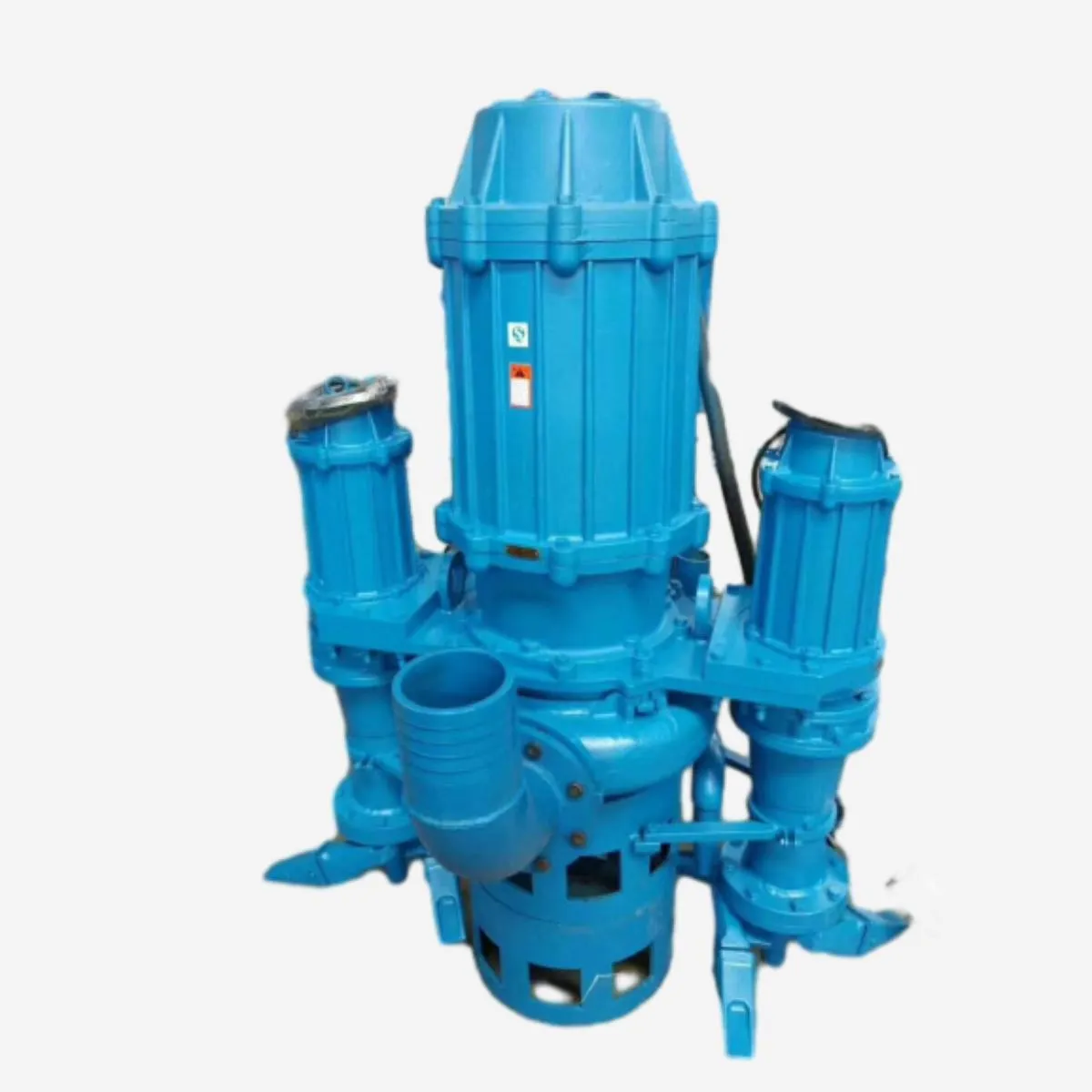English
- Afrikaans
- Albanian
- Amharic
- Arabic
- Armenian
- Azerbaijani
- Basque
- Belarusian
- Bengali
- Bosnian
- Bulgarian
- Catalan
- Cebuano
- Corsican
- Croatian
- Czech
- Danish
- Dutch
- English
- Esperanto
- Estonian
- Finnish
- French
- Frisian
- Galician
- Georgian
- German
- Greek
- Gujarati
- Haitian Creole
- hausa
- hawaiian
- Hebrew
- Hindi
- Miao
- Hungarian
- Icelandic
- igbo
- Indonesian
- irish
- Italian
- Japanese
- Javanese
- Kannada
- kazakh
- Khmer
- Rwandese
- Korean
- Kurdish
- Kyrgyz
- Lao
- Latin
- Latvian
- Lithuanian
- Luxembourgish
- Macedonian
- Malgashi
- Malay
- Malayalam
- Maltese
- Maori
- Marathi
- Mongolian
- Myanmar
- Nepali
- Norwegian
- Norwegian
- Occitan
- Pashto
- Persian
- Polish
- Portuguese
- Punjabi
- Romanian
- Russian
- Samoan
- Scottish Gaelic
- Serbian
- Sesotho
- Shona
- Sindhi
- Sinhala
- Slovak
- Slovenian
- Somali
- Spanish
- Sundanese
- Swahili
- Swedish
- Tagalog
- Tajik
- Tamil
- Tatar
- Telugu
- Thai
- Turkish
- Turkmen
- Ukrainian
- Urdu
- Uighur
- Uzbek
- Vietnamese
- Welsh
- Bantu
- Yiddish
- Yoruba
- Zulu
Telephone: +86 13120555503
Email: frank@cypump.com
Dec . 10, 2024 19:36 Back to list
Understanding the Importance of Slurry Pump Impellers in Industrial Applications
Understanding Slurry Pump Impellers Key Components for Efficient Pumping
Slurry pumps play a crucial role in various industries, particularly in mining, mineral processing, and wastewater treatment, where the transport of abrasive and viscous materials is necessary. A vital component of these pumps is the impeller, which significantly impacts the efficiency, performance, and durability of the system. In this article, we will explore the function of slurry pump impellers, their design characteristics, and the factors that influence their performance.
The Role of the Impeller
The impeller is the heart of a slurry pump, responsible for converting rotational energy, typically from a motor, into kinetic energy in the fluid being pumped. This kinetic energy creates a flow of the slurry, allowing it to move from one location to another efficiently. Furthermore, the impeller's design and construction directly influence the pump's ability to handle solids, its wear resistance, and its overall efficiency.
Design Characteristics
Impellers in slurry pumps come in various designs, including open, semi-open, and closed configurations
. Each design serves different purposes and is suited for specific types of slurries- Open Impellers These have no shrouds, allowing for better handling of larger solids. They are commonly used in applications with high solid contents, although they may suffer from lower efficiency compared to other designs.
- Semi-Open Impellers These combine features of both open and closed designs, providing a balance between efficiency and the ability to handle solids. They are suitable for transporting slurries with moderate solid content.
- Closed Impellers With a shroud on both sides, closed impellers offer higher efficiency and better hydraulic performance. However, they are less effective with large or fibrous solids due to potential clogging.
slurry pump impeller

Material selection is also a critical aspect of impeller design. Since slurry applications can be abrasive, impellers are often fabricated from wear-resistant materials such as high-chrome alloys, rubber, or composite materials. The choice of material affects the impeller's lifespan, maintenance frequency, and operation costs, making it crucial for operators to consider the specific conditions of their applications.
Factors Influencing Impeller Performance
Several factors impact the performance of a slurry pump impeller, including
1. Slurry Characteristics The density, viscosity, and composition of the slurry greatly influence the impeller's design and performance. A well-designed impeller will optimize the pump's ability to handle varying slurry compositions effectively.
2. Pump Speed The rotational speed of the pump affects the head and flow rate produced by the impeller. Higher speeds can increase efficiency, but they can also lead to increased wear and energy consumption.
3. Impeller Diameter The size of the impeller determines the pump's capacity. Larger impellers can move more fluid but may also require more energy to operate.
4. Operating Conditions Vibration, temperature, and other environmental factors can affect impeller performance. It is essential to ensure that the impeller is designed to withstand the specific conditions of the operating environment.
Conclusion
The impeller is a pivotal component of slurry pumps, influencing their efficiency and durability during operation. Understanding the different designs, materials, and operational factors can help industries select the right impeller for their specific slurry applications. By optimizing impeller performance, businesses can improve their overall productivity, reduce maintenance costs, and enhance the lifespan of their pumping systems. Whether in mining, construction, or wastewater treatment, the right slurry pump impeller can make a significant difference in achieving efficient and reliable operations.
-
ISG Series Vertical Pipeline Pump - Chi Yuan Pumps Co., LTD.|Advanced Hydraulic Design&Energy-Efficient Solutions
NewsJul.30,2025
-
ISG Series Vertical Pipeline Pump - Chi Yuan Pumps Co., LTD.
NewsJul.30,2025
-
ISG Series Vertical Pipeline Pump - Chi Yuan Pumps Co., LTD.|energy-efficient fluid handling&industrial durability
NewsJul.30,2025
-
ISG Series Vertical Pipeline Pump - Chi Yuan Pumps | Advanced Engineering&Industrial Efficiency
NewsJul.30,2025
-
ISG Series Pipeline Pump - Chi Yuan Pumps | High Efficiency, Energy Saving
NewsJul.30,2025
-
ISG Series Vertical Pipeline Pump-Chi Yuan Pumps|High Efficiency&Reliable Performance
NewsJul.29,2025










